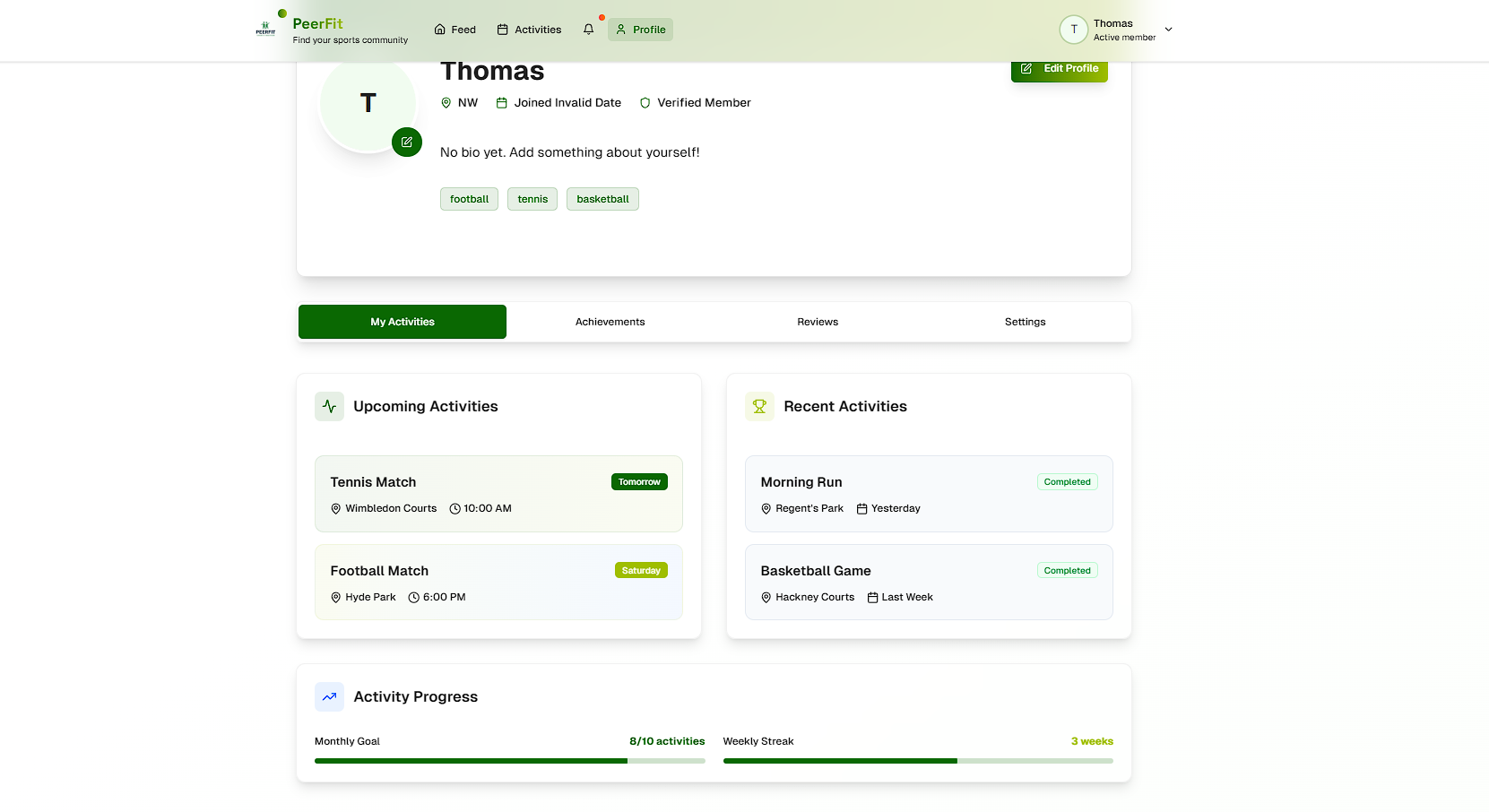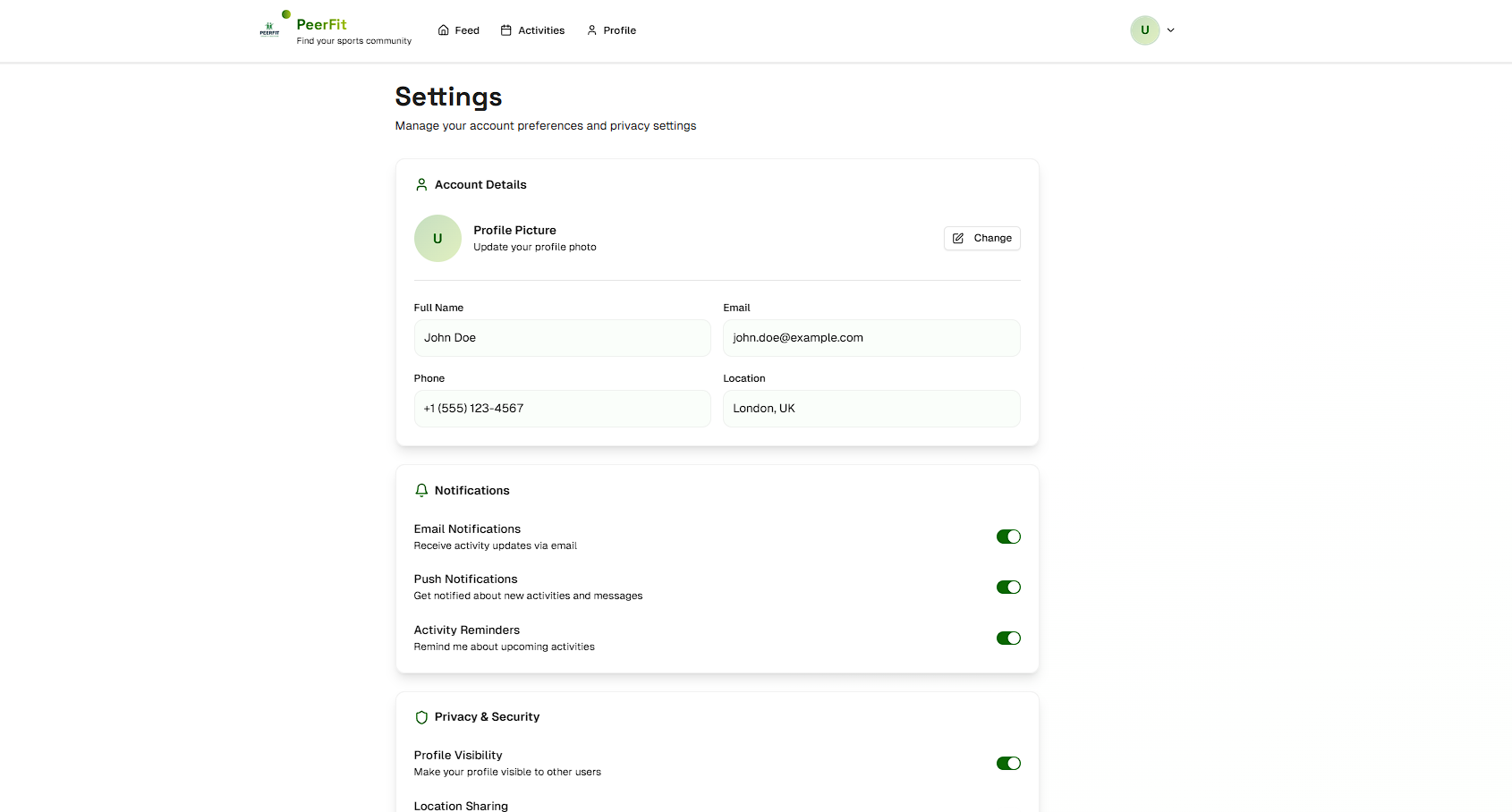Peerfit v2
Because every game deserves a full team
A redesigned social sports app that connects local players in seconds — turning missed matches into full courts and new connections.
PeerFit began with a simple idea — people love playing sports, but finding that one last player or completing a team can be harder than expected. Whether it’s a quick five-a-side game, a doubles tennis match, or a weekend basketball run, there’s always someone missing. PeerFit was built to bridge that gap, matching players by shared interests, location, and availability to make spontaneous games easier to organize.
In PeerFit v2, the entire platform was reimagined and rebuilt from scratch. The frontend was developed using React and TypeScript, while Supabase powers authentication, storage, and real-time data. The interface was redesigned with Tailwind CSS to emphasize clean hierarchy, motion feedback, and improved accessibility across all devices.
Beyond connecting players, PeerFit v2 introduces a richer social layer. Users can now browse activity feeds, send quick RSVPs, and receive personalized match recommendations based on past activity. Live updates show when matches fill up, new players join, or events are modified, turning PeerFit into an active community rather than a static listing app.
The goal wasn’t just a redesign — it was an evolution of purpose. PeerFit v2 delivers faster performance, smoother navigation, and a far more engaging experience. It represents both a technical leap and a creative step forward in how people connect through sport.
Project Gallery
Explore the redesigned PeerFit v2 interface — from login to feed — built for clarity, connection, and real-time sports matching.
Click any image to enlarge. Use ← → to navigate, Esc to close.
Evolution of Peerfit
The journey from Peerfit v1 to v2 was more than just a facelift — it was a complete transformation in technology, design, and user experience. What began as a static prototype built with PHP and XAMPP evolved into a dynamic, real-time platform powered by React, TypeScript, Tailwind, and Supabase.
Every screen was redesigned from the ground up to emphasize speed, clarity, and usability. Let’s take a look at how Peerfit matured across different stages of its interface.
From Static to Real-Time Interaction
The original feed displayed fixed posts that required full-page refreshes. In v2, the feed updates in real time — showing new matches, activity joins, and recommendations instantly with a sleek, card-based UI.
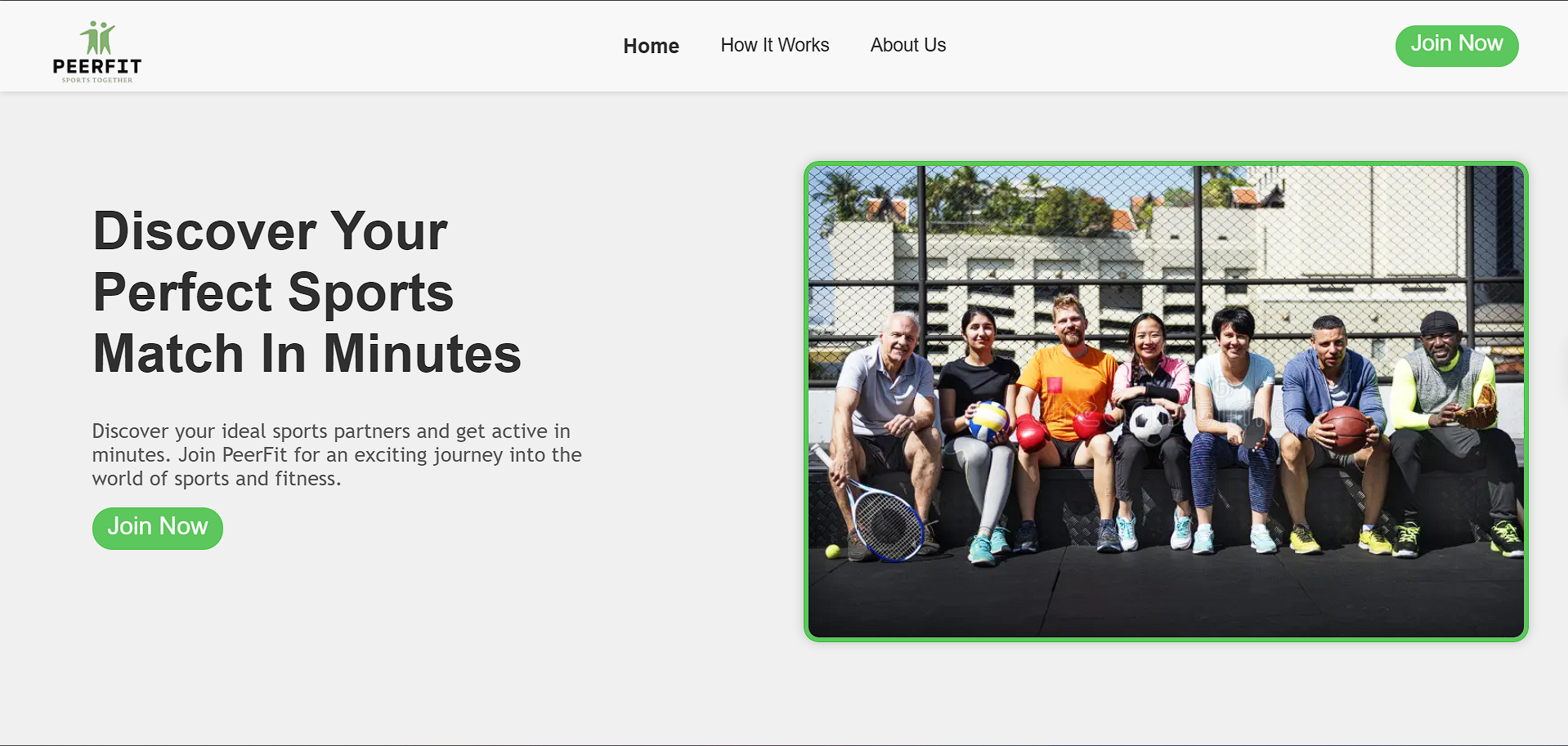
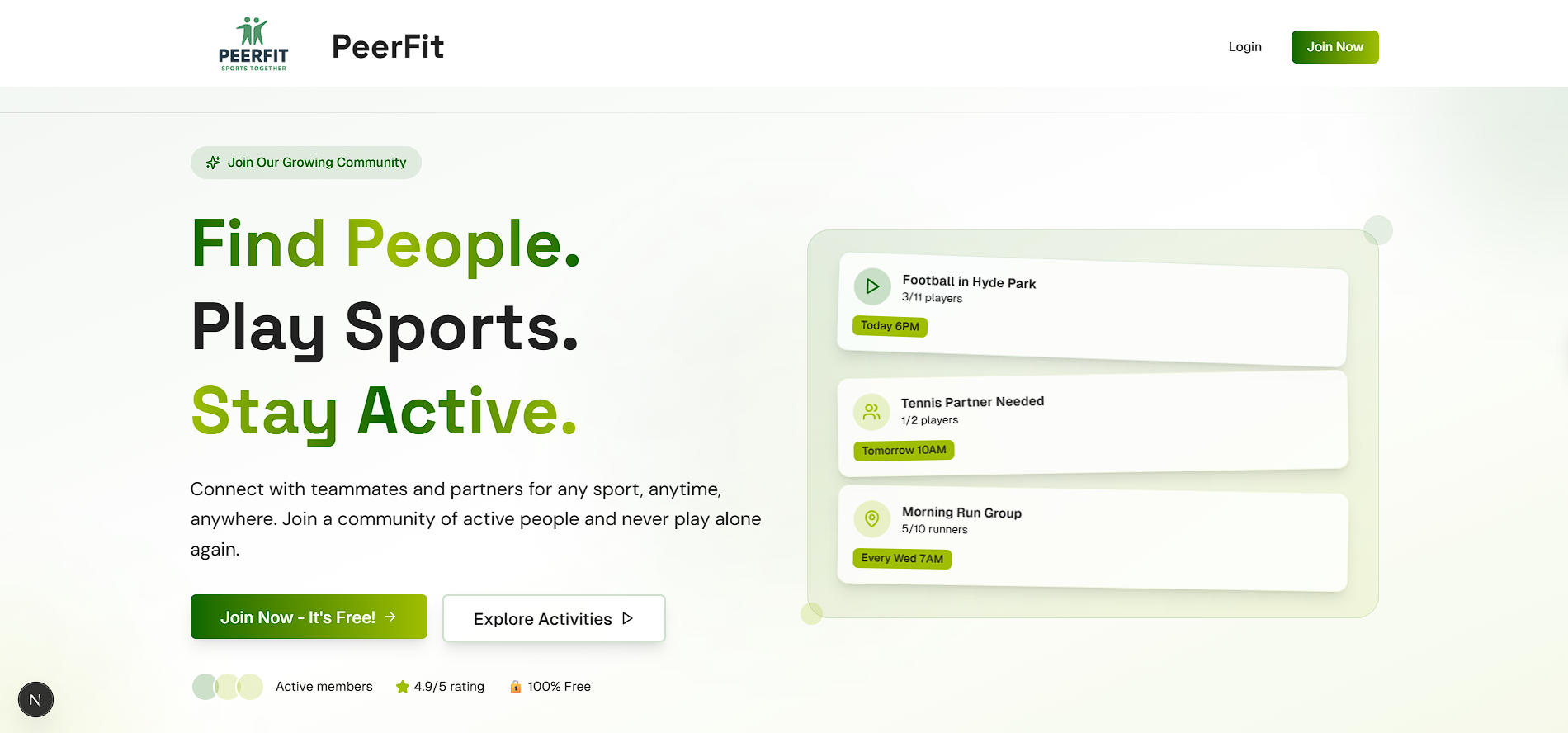
From Clunky to Effortless Onboarding
The old signup process was functional but felt slow and heavy. Peerfit v2 simplifies this into a clean, two-step form with instant validation, dynamic error handling, and responsive layout that feels natural across devices.
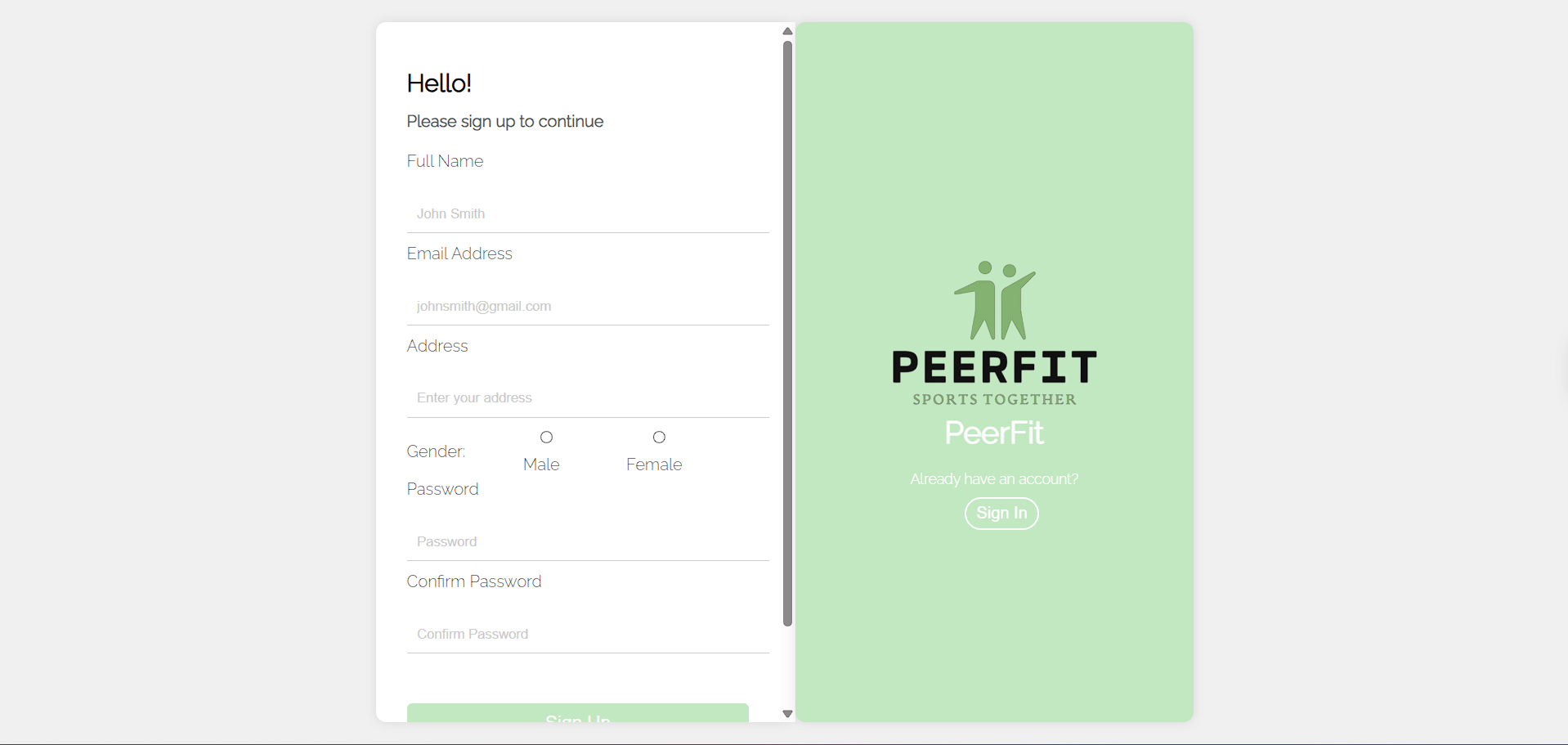
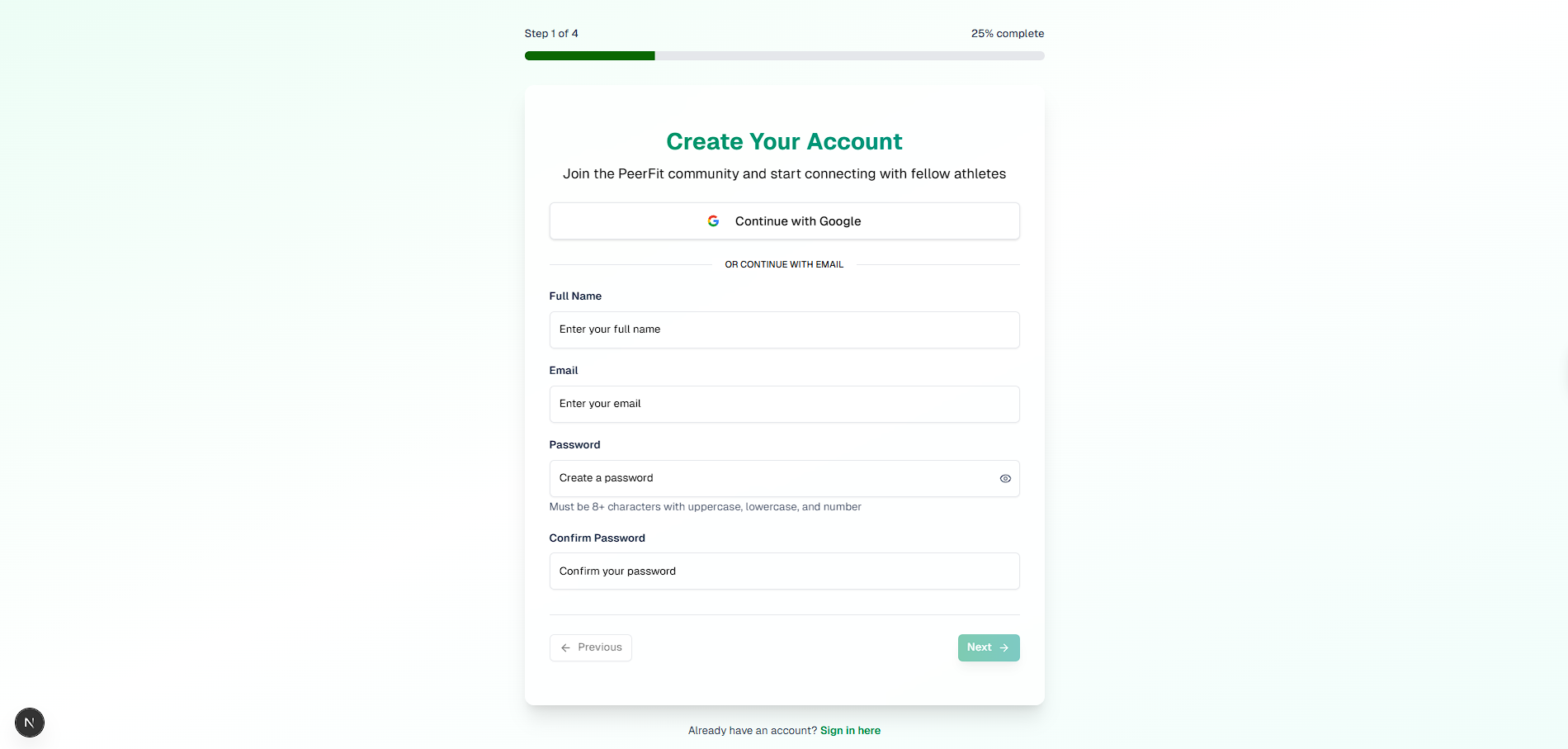
Expanding the Social Core
Peerfit v1 was all about finding games. Peerfit v2 added depth — player profiles, personal stats, and customizable settings that give each user a sense of identity and control. The visual hierarchy makes editing fast and intuitive.
